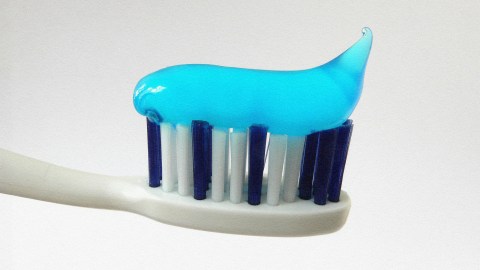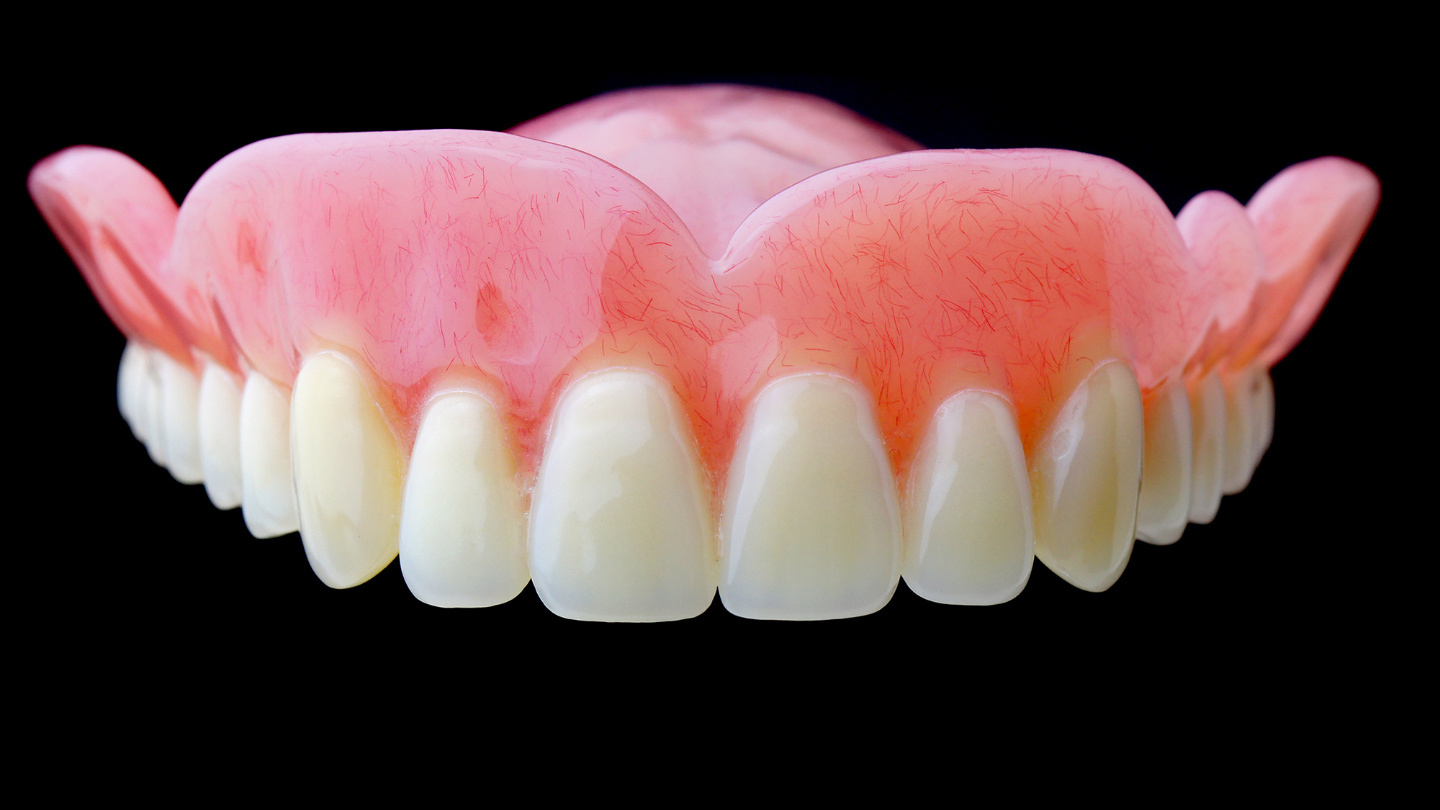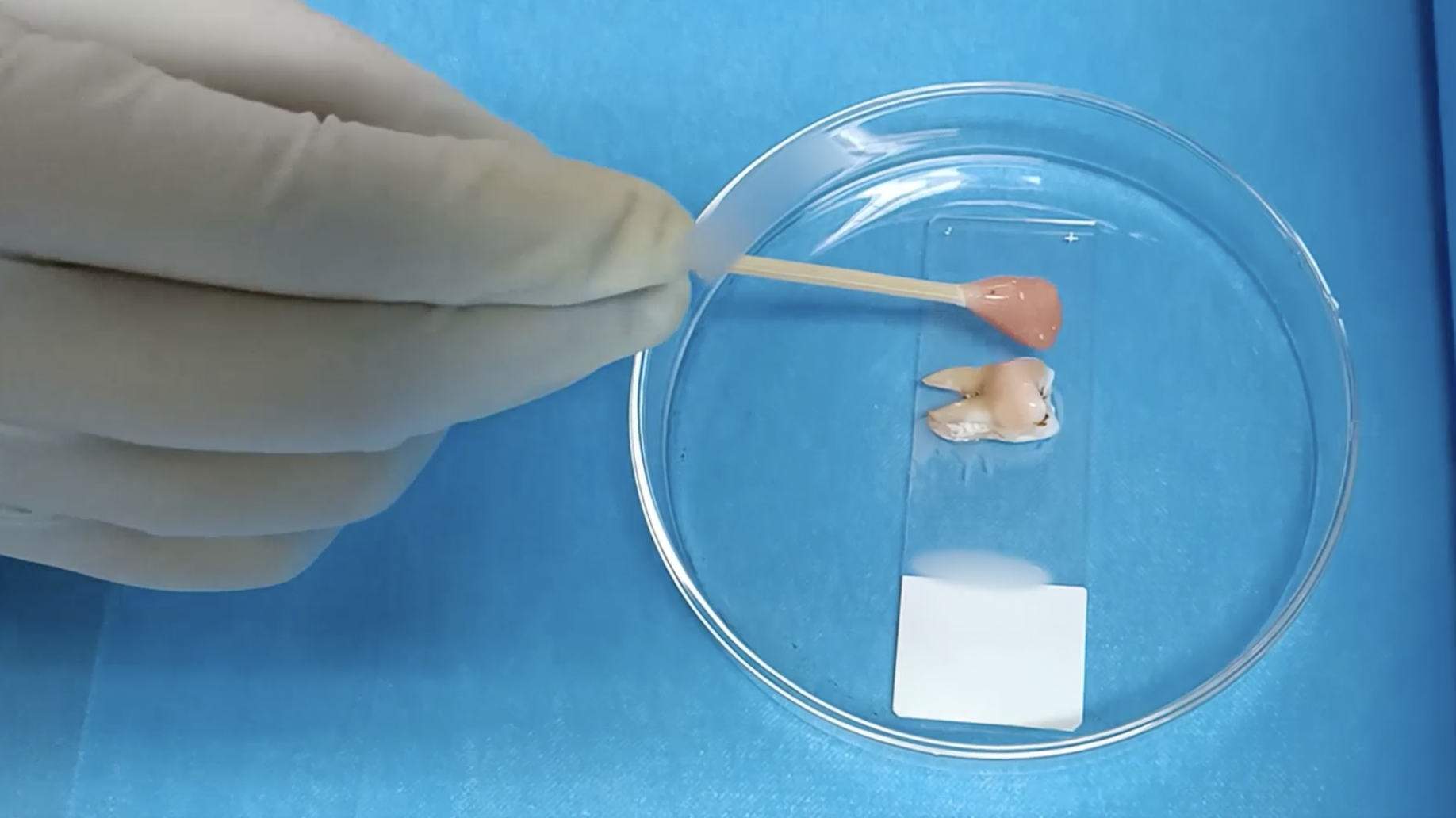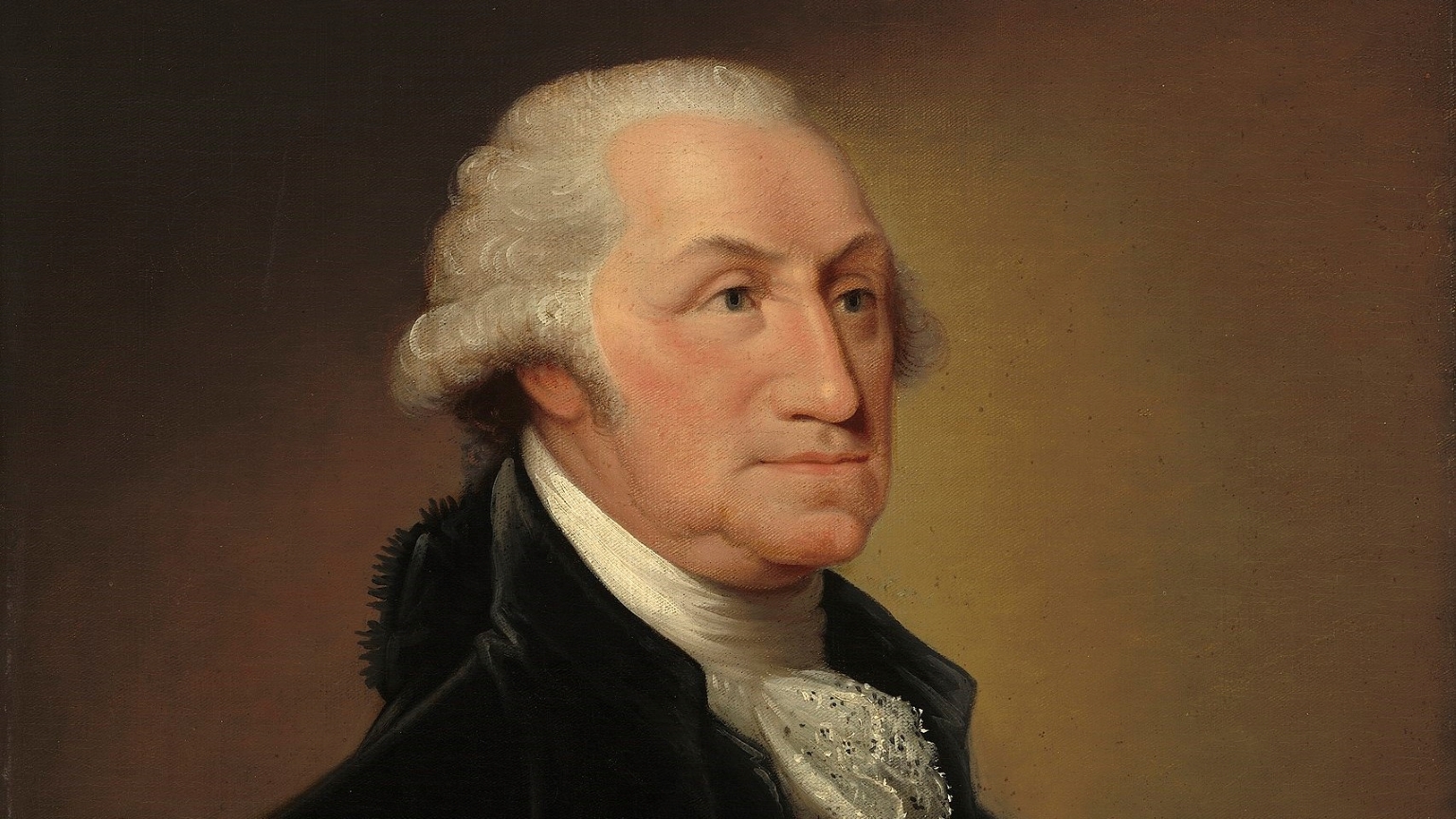Do you really need to use toothpaste?

- Some laypersons and even a few dentists are questioning the necessity of using toothpaste when brushing, insisting that it's not necessary to keep one's teeth healthy.
- The broad, clear takeaway from decades of scientific study is that brushing with fluoride-containing toothpaste greatly reduces the risk of cavities compared to brushing with one lacking fluoride.
- Modern toothpastes also include various chemicals that help remove plaque from teeth, add minerals back into teeth, and keep oral bacteria at bay.
Billions of people around the world dutifully brush their teeth with toothpaste every day, but some are starting to question this status quo. These contrarians see sense in brushing but aren’t sure whether the paste is really necessary. And it’s not just laypersons wondering out loud about this apparent blasphemy — critiques are coming from dentists themselves.
“While toothpaste manufacturers claim that you need toothpaste to brush your teeth, it’s not true. Toothpaste is not necessary to make your teeth clean or healthy,” writes Dr. Todd Bertman of New York’s Advanced Dental Arts.
“Brushing our teeth with a paste makes our mouth feel fresh and clean, but toothpaste is, in fact, an avoidable step,” claims the blog of Huffman Smiles from Huffman, Texas.
“The real act of cleaning your teeth is achieved with the toothbrush, not the toothpaste,” reads a post from Grand Street Dental’s website.
These views likely originate from a minority of dentists, but they appear prominently on Google searches. To the layperson, such statements can seem equally authoritative to those of the American Dental Association (ADA). The ADA, by the way, recommends “brushing teeth twice a day for two minutes using a fluoride toothpaste.”
The importance of fluoride
Fluoride is the simplest negatively charged ion of the element fluorine. It’s the primary ingredient of any effective toothpaste. It makes teeth more resistant to acid, puts minerals back into teeth, and interferes with oral bacteria’s ability to make acid.
Rather than take the ADA’s word for it, we can search the scientific literature for studies addressing toothpaste’s effectiveness. There are plenty to be found, involving tens of thousands of participants, dating back to the 1950s! The broad, clear takeaway is that brushing with fluoride-containing toothpaste greatly reduces the risk of cavities compared to brushing with one lacking fluoride.
But this seems to leave to door open to ditching toothpaste… If fluoride provides much of the benefit from brushing with toothpaste, could one simply brush without paste and swig and swish a fluoride mouth-rinse afterward?
“Conceivably yes,” Grant Ritchey, a dentist in Tonganoxie, Kansas, told Big Think. Ritchey practices with a skeptical, evidence-based mindset and shares that worldview on numerous platforms. “The main variables would be if the fluoride rinse had the same concentration and duration of contact with the teeth as the toothpaste, if the teeth were clean when the mouth rinse was used, etc. If those are kept constant, it would be the same.”
Such a strategy could save a pretty penny as well. Between the third quarters of 2022 and 2023, the price of toothpaste leaped 45%, a rise that the Council for Community and Economic Research called “extreme” and “perplexing,” even in these inflationary times.
While there are no studies specifically addressing the hypothetical of forgoing toothpaste in favor of a fluoride rinse, it’s reasonable to assume that such a strategy would benefit one’s dental health compared to doing nothing, just perhaps not as much as brushing with toothpaste as well.
Toothpaste, after all, is more than just fluoride. Formulations have been honed over more than a century. Today, they commonly include hydrated silica, an abrasive substance that boosts plaque removal, sodium lauryl sulfate, an antibacterial that helps disperse toothpaste’s other active ingredients around the mouth, calcium phosphates, which help remineralize teeth, and xylitol, a sugar-free sweetener. All of these compounds have been shown to be safe and effective, and likely contributed to the global decrease in cavities, according to a recent scientific review.
When they were first sold commercially in the latter half of the 19th century, toothpastes generally contained chalk, soap, essential oils from flowers or wintergreen, and sugar. Adding to the antiquated feel, they were marketed in jars, not tubes. They also didn’t work very well.
Today, a preponderance of evidence suggests that modern varieties do. Are toothpastes 100% essential to maintain a cavity-free, pearly-white smile? Perhaps not. But there’s no denying that they help. If you’re concerned about their recently sky-high costs, but don’t want to ditch toothpaste entirely, you can likely get away with using less on your brush. You don’t need to coat the bristles, just a pea-sized amount is plenty.





